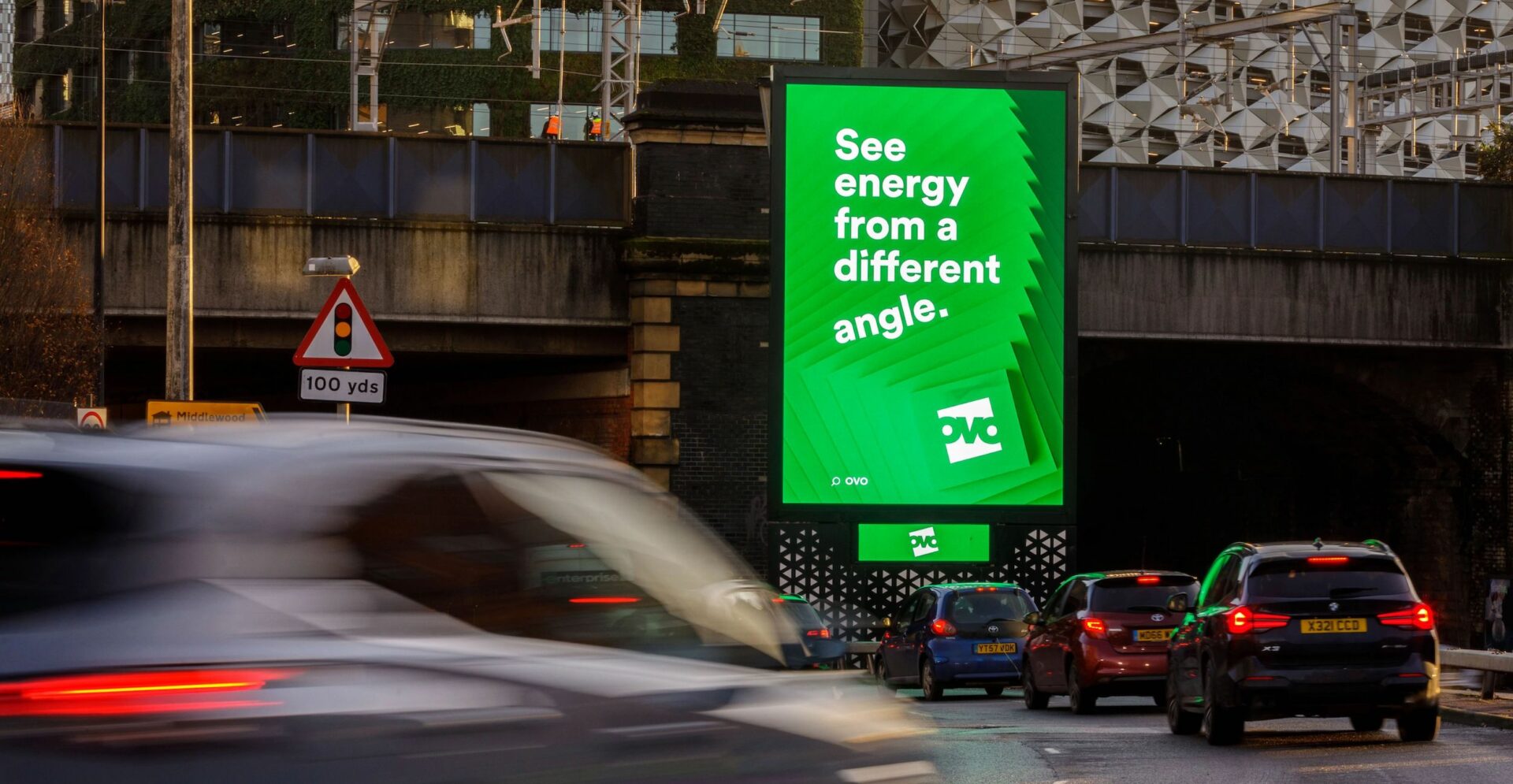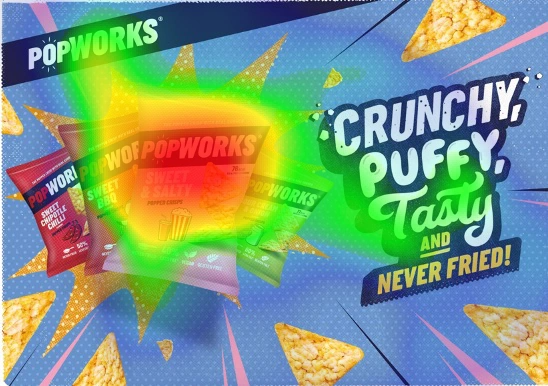Digital out of home – A space oddity
Challenges of Standardization in Digital OOH
In a parallel universe, far far away, there exists a planet with a media industry much like our own. However it has a few subtle differences.
Unfortunately for some media channels on this planet, the media owners live in their own bubbles and decide how clients’ ads are to look and sound independently of each other. Every media owner loves it, saying how their own format gives clients the best possible creative canvas for how that ad impression is delivered to their unique audience. But there’s a total lack of consistency.
For instance, this planet’s radio stations will only offer one ad length to their clients, which may be 5, 17, 22, or 30-second ads. Helpfully one forward thinking radio network only plays 20 second ads….but unfortunately each of its 9 stations requires the ad in a different audio format – MP3s, WAV files, WMAs, MPEG-4s, and one station still needs copy delivered on a CD.
It’s the same with this planet’s press industry. Some newspapers only carry triangular ads, which look stunning to the inhabitants of this planet. Other titles only run circular ads. Some allow for our more familiar rectangular ad sizes… But again the copy specifications are all over the place. Some require the ads supplied as high res flattened PDFs, others can only accept layered artwork, JPEGs, or PNGs, and one archaic title needs all ads supplied in microfiche.
You get my gist. Sounds alien, right? I’m sure you’re thinking “why would these alien media industries allow themselves to develop such diverse standards across a single medium?”. Or perhaps “I bet these media channels’ lack of standardisation is really limiting their ability to scale client investment”. Unfortunately a version of this planet is closer to Earth than you imagine, and it’s called Digital OOH.
For the last 12+ years dozens of different DOOH media owners have been installing thousands of different screens, all in different sizes, aspect ratios, and ad lengths and all requiring slightly different copy specifications. This has been done with the best intentions in mind – to create the best possible creative canvas and ad impression for that particular screen to deliver the most value to their clients – but it to the detriment of the industry.
According to Route, the OOH Audience Measurement platform, DOOH now reaches 57% of the UK population and delivers 2.4 billion viewed impressions every two weeks. Arguably the most ubiquitous and consistent of DOOH formats is the digital 6 sheet – however in this format alone there are an incredible 37 different formats and 15 different artwork specifications our clients might need to produce to. The implications for planning synergies and production budgets are clear.
As an OOH guy why am I trash talking probably the most important part of our industry? It’s because I love Digital OOH and know first-hand what it can deliver for advertisers and audiences alike. It’s a brilliant, creative, innovative sector to be involved with.
But recently I read an opinion piece by a CEO of a leading OOH company complaining that the best creative, unique, interactive award winning DOOH work doesn’t get scaled up to run across more screens. His suggestion was more automation. I would suggest this person doesn’t understand the amount of effort, expertise and budget it takes to build an interactive idea across different DOOH networks when they have such different specifications.
We would LOVE to deliver more innovative work across more DOOH networks. I have lost track how many times I have heard a client request “Innovation at Scale”. Other than running real-time, contextually relevant or dynamically updated DOOH ads – which has been proven to be significantly more effective than standard ads – it is simply not possible on DOOH at the moment. And the latter has only been made possible due to the creation of 3rd party ad-serving platforms such as QDOT’s OpenLoop.
How has this situation come about? Part of the issue is structural and intrinsic to the OOH medium – different locations deliver different audience dwell time and require screens of different sizes and orientations. Part of the issue is legal – depending upon the landlord and local authority the digital ad might be static, full motion or allow “subtle motion”. Arguably these are also benefits, allowing advertisers a variety of targeting and creative options, which has definitely contributed to the industry’s average annual growth of 24% over the last 6 years (source, Outsmart).
A bigger issue is technological. There are many digital signage companies out there all with slightly different screen recommendations and all running slightly different, competing, delivery systems. QDOT’s OpenLoop and Filedrive have had to be built to make sense of it all and to simplify the DOOH ad-serving process.
But it’s not the real reason. A lot of responsibility has to land with us, the OOH industry. How have we let this complete lack of standardisation happen? Have media owners been so blinkered by their own performance that they are happy to install any screen of any format providing it adds to their own inventory? Have agencies been so enthusiastic to fuel the growing demand of digital OOH that we’ve not held the media owners to account? One for the industry’s Standard Committee perhaps?
While DOOH media owners continue to develop their formats and networks in isolation, and to hell with consistency across the industry, they can’t moan about the lack of scalable campaigns. The DOOH industry will remain handcuffed creatively and financially. There is the risk that the responsibility to repair media owners’ lack of format standardisation is being passed onto the specialist agencies and ad-serving companies by suggesting automation is the key to success. If DOOH is to truly shoot for the moon and achieve what we in the industry know it can, then we need media owners to leave their own orbits and start standardising their formats for the good of our planet.




